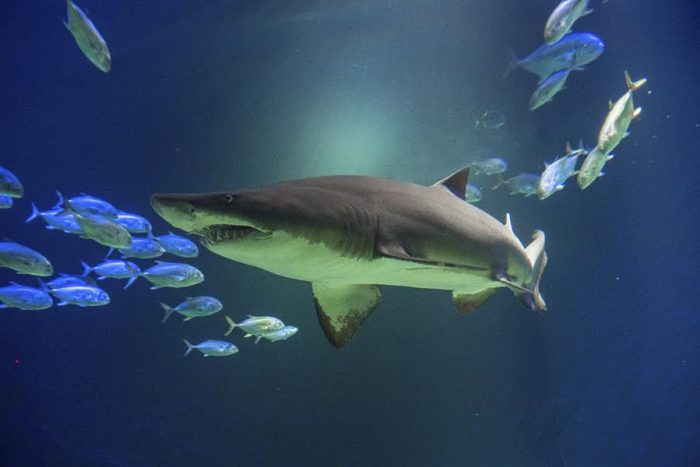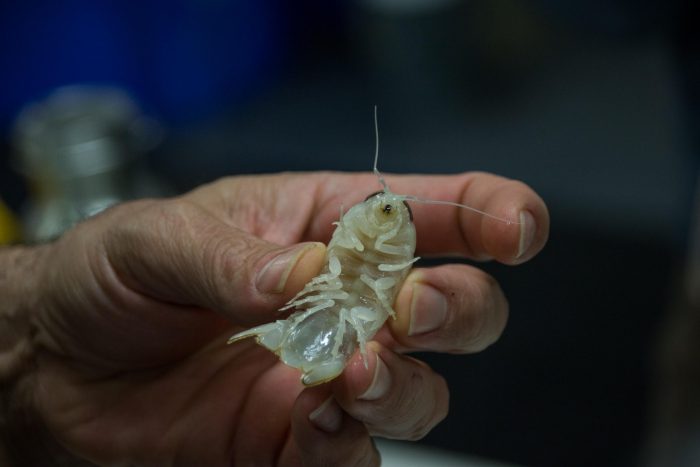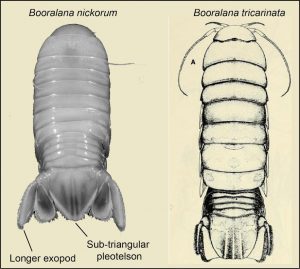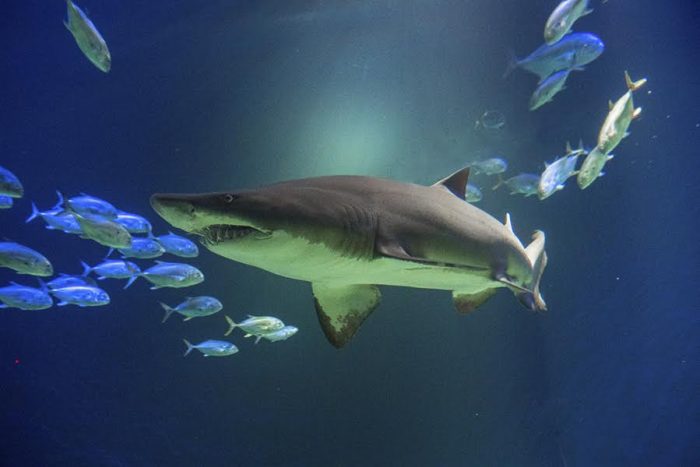By Sabrina Artusa
“Shark Week” originated as a Discovery Channel television program in 1988, appealing to the public’s long-standing curiosity of one of the ocean’s fiercest predators. Thirty-six years later, it remains one of the most popular programs, as well as the longest-running cable television event. It’s a testament to America’s fascination with these exotic fish.
Over time, the program has tended to succumb to fearmongering and docufiction — a combination of documentary and fiction — against these largely misunderstood fish. As a result, episodes have gravitated toward harrowing depictions of sharks rather than the research-backed realities of these creatures. Contrary to what episodes such as “Mystery of the Black Demon Shark,” and “Air Jaws: Fins of Fury” suggest, sharks aren’t malevolent creatures, but rather a necessary part of our ocean’s ecosystem.
Last year over 20 million people tuned into the Discovery Channel’s “Shark Week” event, so here is a little bit of clarity regarding the unique place of sharks on our Island’s shores.
Sharks on Long Island
Sharks are often on the minds of beach-loving Long Islanders due to a wide variety of visiting sharks, such as the dusky shark, the sand tiger shark, the white shark and the sandbar shark. The New York Police Department captured the first shark sighting of this summer season using drone footage. The sharks were seen off the coast of Rockaway Beach.
Sharks have been known to appear in beaches like Robert Moses State Park, Long Beach and Kismet beach on Fire Island. In the last two years, 13 people were involved in shark-related incidents. However, this isn’t cause for fear. Since the surge in shark sightings on Long Island, the NYPD and New York State Parks have implemented more thorough measures to track sharks, such as drone tracking.
A ‘hot spot’ for wildlife
Long Island, an under-researched area in regards to sharks, has optimal conditions for sharks. Their visits to our island are certainly not new, according to Oliver Shipley, Stony Brook University School of Marine and Atmospheric Sciences research assistant professor.
“In the summer the South Shore of Long Island is a hotspot of wildlife,” he said. “There is so much going on there. And it is a very productive system for all different animals, not just sharks.”
Shark research in New York began seriously 10 years ago. Stony Brook started tagging sharks for tracking purposes in 2017. In order to make scientifically sound conclusions, Shipley said SoMAS would need 10-15 years of data.
Is there an increase?
Researchers do not view the increase in sightings and incidents these past two years as an increase in the number of sharks. In truth, the numbers of sharks that exist along our coast presently are only a fraction of the numbers pre-1950s.
Shipley said that this “increase” of sharks is only an increase of people noticing them. There are more drones on the water and more people patrolling, which will result in more sightings. Indeed, five shark attacks were recorded during Independence Day weekend in 2023 — a stretch of days when there would have been more people than usual at the beach.
Some species of sharks, such as the sandbar sharks, have had dangerously low populations, leading to the species being listed as “vulnerable” on the International Union for Conservation of Nature’s list of threatened species. The population’s return to a stable number could also contribute to increased sightings.
Warming temperatures could be bringing sharks up north. Shipley has noticed different animals associated with warmer habitats moving closer to Long Island — water temperatures are important for these cold-blooded creatures to regulate their body temperature — but the research assistant professor is hesitant to definitively blame climate change due to lack of data.
“It’s important to understand that this is a really complex thing that we are studying and there is not a single cause or effect scenario,” he said. “We have really poor historical data to compare to.”
“We are doing everything we can to plug the gap and find out as much as we can about this animal,” Shipley said.









